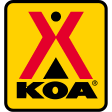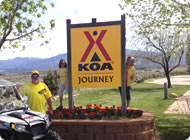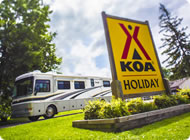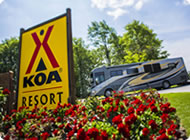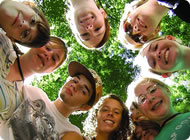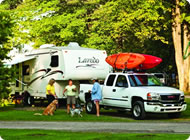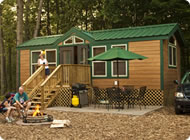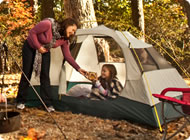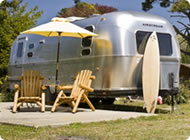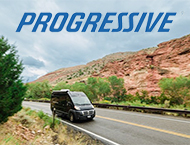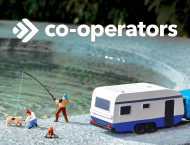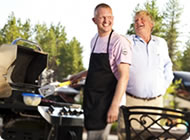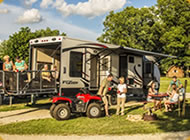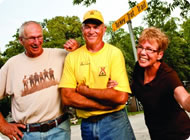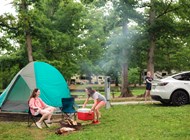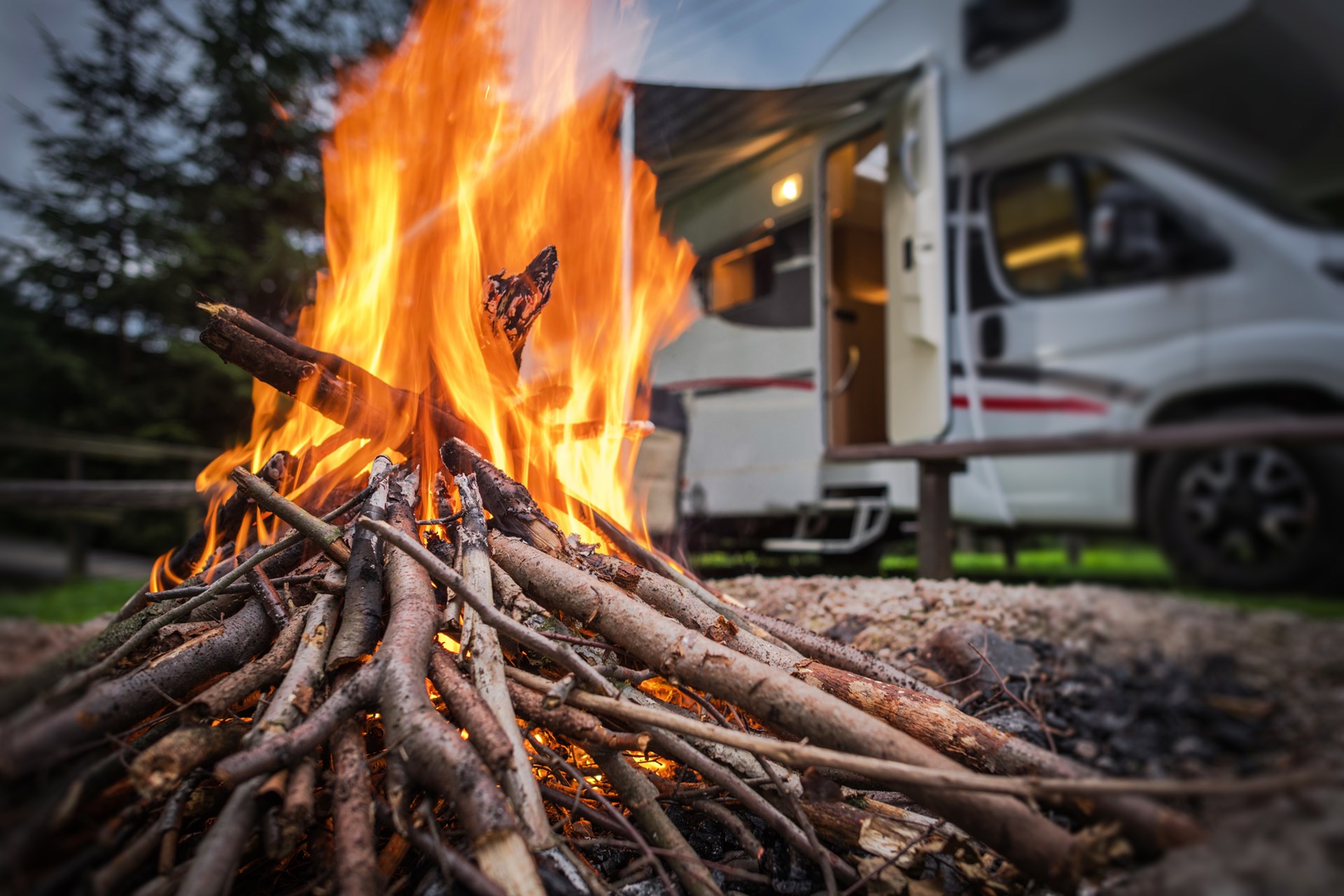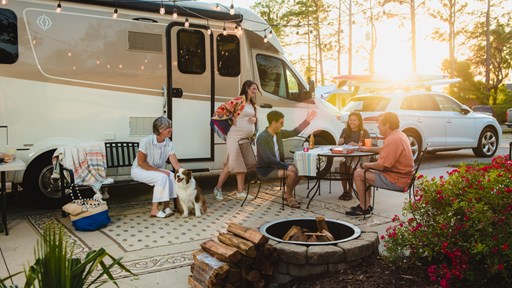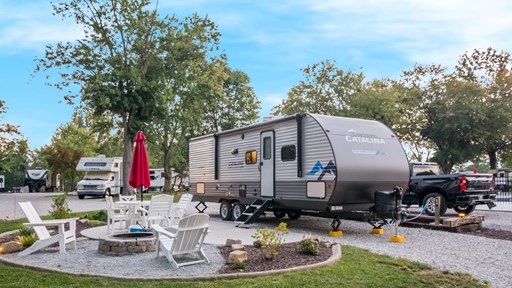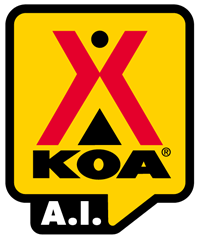No matter where your travels take you in your RV, keeping safety at the top of your list of priorities is crucial. Fires are common issues that may arise on the road, and it is important to understand the various ways these fires can start so you can take steps to minimize any risk.
Causes of RV Fires
Electrical hazards are some of the most common reasons fires start in RVs. Circuits can overload, wiring can be faulty or loose, and too many extension cords may be plugged in. These situations can create sparks and shocks, potentially leading to a fire. Other electrical appliances like generators, washing machines, dryers, water heaters and air conditioners also pose fire threats without proper care and maintenance.
Non-electrical related RV fire risks include:
- Propane leaks
- Unattended cooking equipment
- Cooking grease buildup
- Damaged or faulty heating systems
- Unorganized living spaces
- Improper access to fire safety equipment
- Pets in the camper accidentally turning things on
- Rodent damage
- Not turning off a propane fridge when transporting the RV
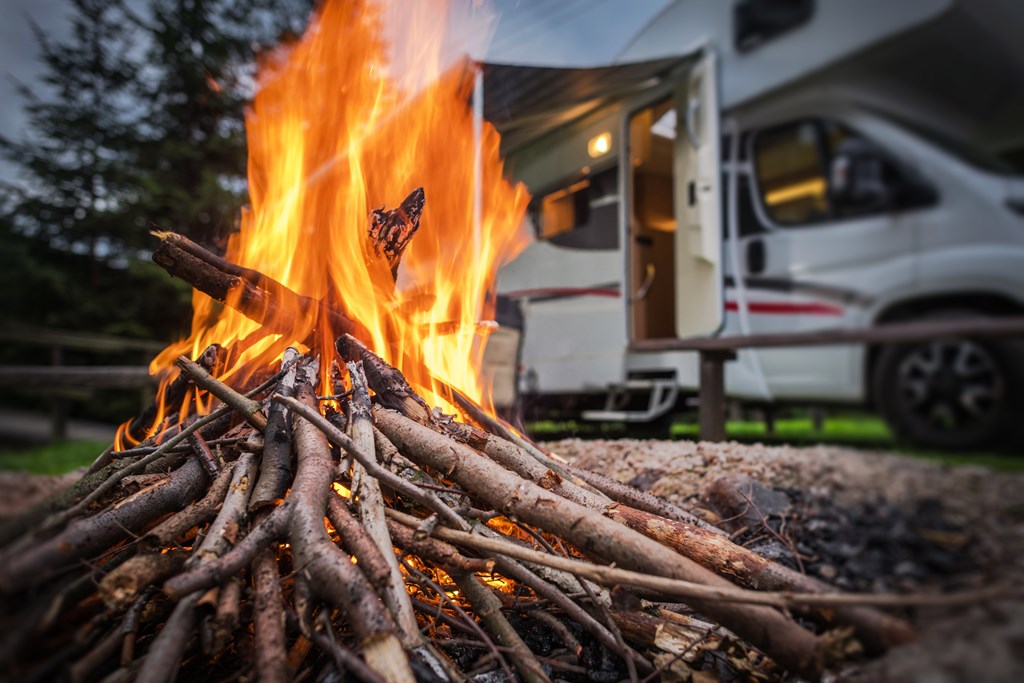
Fire Prevention Tips
How can you prevent a fire in your RV? Keep the following precautions in mind.
Electrical System Maintenance
Keeping your electrical system in top condition is crucial to maintaining a safe and comfortable space. Pay close attention to your outlets, circuit breakers, fuses, batteries and converters, which can wear out over time and experience corrosion. Make replacements when necessary, and be sure to also verify the condition of any waterproof connections or seals. The best maintenance, however, is understanding your RV load capacities so you can avoid overloading or short-circuiting your electrical system to ultimately decrease damage and wear and tear.
Propane System Safety
A lot of the equipment integrated within RVs is powered by propane. Appliances such as your stove, water heater and refrigerator use propane to work effectively. Because of this, you want to stay on top of your appliance’s condition by routinely checking for proper operation and looking for any signs of leaks or damage. The gas lines in RVs can become brittle over time and crack, so make sure to replace them if you see signs of cracking or wear.
Class A and Class B RVs usually have integrated propane tanks. These tanks do have a life span, so they should be replaced when they wear out. Ensure you are properly storing propane cylinders as well — upright and securely fastened. RVs do have propane leak alarms, but making sure these components are in top condition will go a long way in preventing an RV fire before it gets a chance to even start.
Cooking Safety
When cooking, you are likely utilizing a variety of tools and equipment, including stovetops, grills, microwaves, toasters, coffee machines and electric kettles, to name a few. These appliances are designed to run on gas, propane or electricity, which can cause fires when not handled properly. Because of this risk, you should never leave your food unattended, and always keep combustible products, like paper towels, away from hot surfaces.
If you are preparing your meals inside your RV, make sure you have proper ventilation by using exhaust fans or open windows. Doing this will make sure that odors and gases are not allowed to build up.
Keep in mind that the exterior covers of the exhaust fans are prone to damage, so they should be checked regularly. Also, since you may close them before you start driving, be sure they are open before using your appliances.
Smoking Safety
Wherever there is smoke, there is a risk of fire. If you or any of your guests smoke, set up a designated smoking area away from cooking or HVAC equipment or combustible items, like upholstery. You can always step outside for a smoke break, too.
It is also important to use deep ashtrays to minimize the risk of ashes spilling, keep windows open when smoking and always keep lighters and smoking materials away from children. Many campgrounds set different regulations regarding indoor smoking, too, so always read up on local codes and standards.
Fire Extinguisher Placement
The National Fire Protection Association (NFPA) requires RVs to have at least one fire extinguisher within 24 inches of the main entrance. While you might think your space is small enough to easily access the fire extinguisher for your RV anywhere, having multiple extinguishers throughout your RV is the preferred strategy for many owners.
Many owners have at least three additional extinguishers in their RVs — one in the kitchen, one near the entrance to sleeping areas and one outside in an unlocked compartment. After getting the fire extinguishers properly mounted to the walls, let the rest of your passengers know where they are located and how to use them.
Regular Inspections
Maintaining your living space on wheels can become a low priority as you juggle all of life’s responsibilities. However, periodically checking on high-fire-risk areas is one of the best ways to keep your RV is safe and ready to roll when vacation time comes around again.
When inspecting your space, look for any signs of damage, test your safety equipment and evaluate the efficiency of your emergency exit protocols. Things change over time, so performing regular checks will give you a look at how effective your tools are at preventing an RV fire.
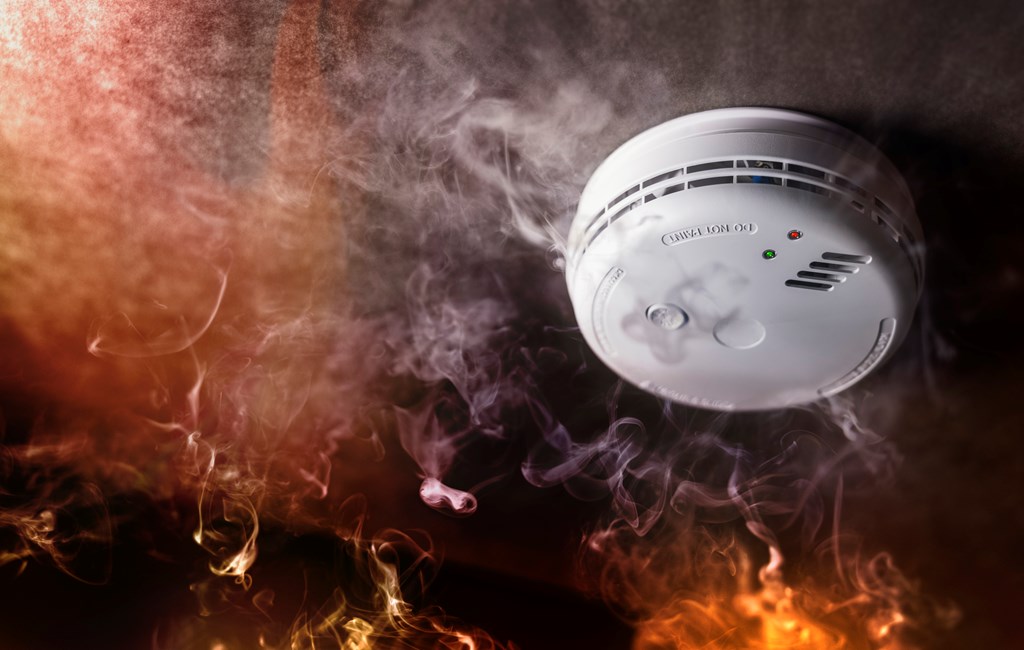
Safety Equipment
Here is some safety equipment you will want to have on your RV to help you avoid accidents or put out RV fires.
Smoke and Carbon Monoxide Detectors
Smoke alarms and carbon monoxide detectors are your RV’s first line of defense against fires or gas leaks. Installing these devices in central locations is essential, and they should be regularly checked to verify they are powered and working properly.
Fire Extinguishers
Having a fire extinguisher for your RV is necessary for building a protected space. Class B or C extinguishers are usually the go-to models for dealing with fires in campers. Class B types are designed to successfully put out fires caused by liquids like grease, oil or gasoline. Class C, on the other hand, is rated to extinguish fires started by electrical equipment, appliances, wiring and circuit breakers.
After finding the right locations in your RV for the fire extinguishers, you should also ensure that everyone on board understands how to use them properly. Keep in mind that fire extinguishers have expiration dates, so check them regularly.
Emergency Exit Windows
Emergency windows are vital safety features that increase your and your passengers’ ability to exit your RV safely during an emergency, especially in situations when the main point of entry is compromised. The windows should be easy to use and accessible. Go over proper use with all your passengers so that everyone knows what to do if evacuating the RV becomes necessary.
First Aid Kit
First aid kits contain various important supplies, including bandages, cleaning supplies, medications, gloves, scissors, blankets and a CPR mask. Having these on hand can help with injuries from smaller fires and accidents.
Emergency Response Plan
Consider the following steps to make sure you and your passengers are prepared in an emergency.
Evacuation Plan
Implementing an evacuation plan enables you and your passengers to get out of your RV safely in case of emergency. Draw out at least two evacuation routes that allow for a smooth exit when you need it. It is important to also practice this exit strategy, which will help you eliminate issues and streamline the process to get out safely. Part of this planning process also includes designating specific locations within the campground to meet at afterward.
Communication Protocols
Everyone should have access to a cell phone if a serious RV fire breaks out. In most cases, the people camping with you will likely have their own cell phones, but if not, you can have one in your RV that any passenger can access.
No matter which communication method you choose, make sure everyone knows which numbers to call after 911, such as each other and the campground. That way, your whole group is on the same page and can connect if you are ever separated due to a fire in your RV.
Post-Evacuation Procedures
While it is important to know what you have to do before and during a fire, it is also essential to understand what you have to do after the fire is put out. In a large enough fire, you will likely have some damage that may cost a lot of money. It is wise to look into the various insurance providers who can cover your RV for various types of damage.
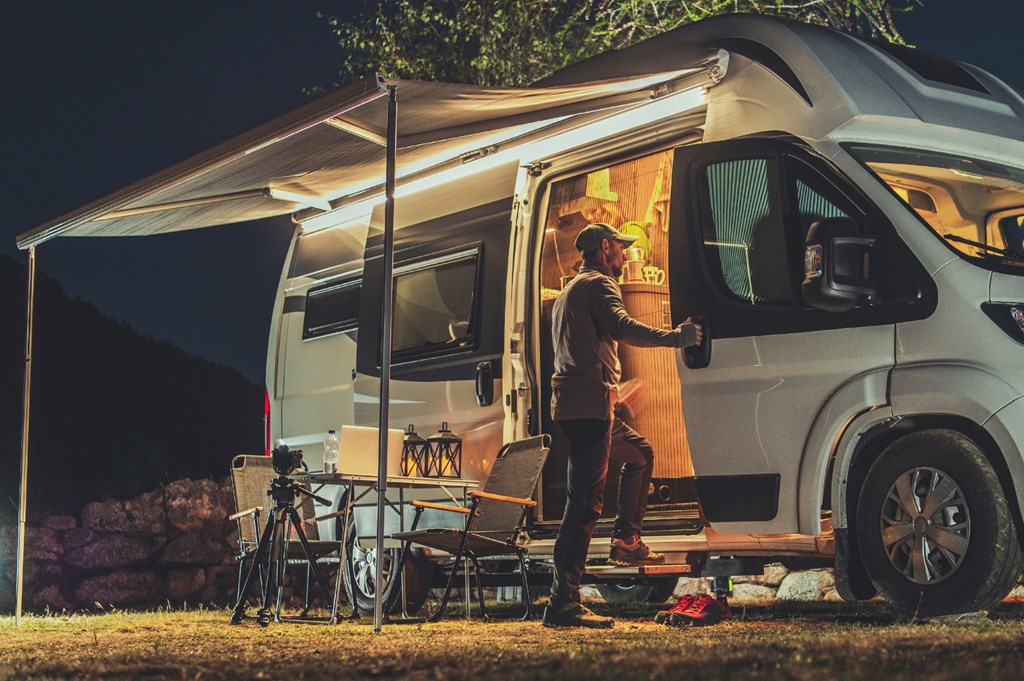
Protect Your Property With RV Fire Insurance
No one expects an RV fire, but having the right protection for it can be a saving grace. Many policies have specific guidelines for how they handle repayment and repairs in instances of fire. They may also include measures for legal or medical fees that may arise from such a situation. If you need RV fire insurance, Kampgrounds of America recommends shopping with Progressive.
Progressive is a dependable insurance provider offering comprehensive RV fire insurance to help you deal with necessary medical and repair costs. After a fire, Progressive can help you assess damage and provide assistance in covering costs and finding someone to make repairs.
Why Trust KOA for RV Fire Prevention Tips and Camping Information?
Since 1962, KOA has helped millions of campers explore North America. With over 500 campgrounds across the continent, KOA lets you experience nature’s magic. From Alaska and Maine to South Carolina, Florida and everywhere in between, you can find a KOA to make memories with your friends and family. KOA Campgrounds feature a variety of quality amenities to make your stay more fun and comfortable.
In addition to RV fire prevention tips, be sure to check out the KOA blog for a variety of other camping information. Are you looking to level up your s’mores or wondering what to bring with you for a winter camping trip? KOA has been providing trusted tips and tricks for campers for over 60 years.
Enjoy a Safe and Enjoyable Stay at KOA
Once you understand how to prevent and manage fires in your RV, it is time to get on the road and enjoy a memorable vacation. KOA is dedicated to helping RV owners reconnect with the great outdoors with high-quality RV campgrounds jam-packed with the amenities and activities you need to have the time of your life. Learn more about all the ways you can RV camp at KOA Campgrounds across the United States and Canada. Reserve your site at KOA today!
About the Author: Kampgrounds of America
Kampgrounds of America is the largest system of open-to-the-public campgrounds in the world, with over 500 locations across the United States and Canada. Founded in Billings, MT in 1962, KOA’s family of campground brands – KOA Journey, KOA Holiday and KOA Resort – today serve more than a million camping families each year. KOA is dedicated to “connecting people to the outdoors and each other” by providing people with a variety of camping experiences and the information they need to make the most of their camping trip. Read more of their camping and travel resources by visiting KOA.com/blog.



